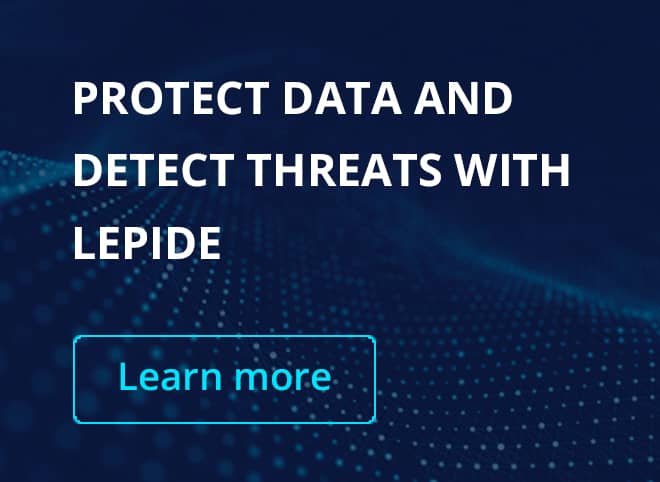Recent Post
More Posts

How to Audit and Control Privilege Creep in Active Directory
 Dan Goater
July 2, 2025 | 5 min read
Dan Goater
July 2, 2025 | 5 min read

Active Directory Monitoring Best Practices
 Anna Szentgyorgyi-Siklosi
June 30, 2025 | 5 min read
Anna Szentgyorgyi-Siklosi
June 30, 2025 | 5 min read

Service Accounts: The Most Dangerous AD Users in Your Environment
 Danny Murphy
June 27, 2025 | 7 min read
Danny Murphy
June 27, 2025 | 7 min read

Event ID 4772 – A Kerberos Authentication Ticket Request Failed
 Anna Szentgyorgyi-Siklosi
June 25, 2025 | 2 min read
Anna Szentgyorgyi-Siklosi
June 25, 2025 | 2 min read

When to Consolidate or Maintain Active Directory Forests and Domains
 Philip Robinson
June 23, 2025 | 16 min read
Philip Robinson
June 23, 2025 | 16 min read

Shadow Admins: The Hidden Privileges That Attackers Love
 Terry Mann
June 18, 2025 | 6 min read
Terry Mann
June 18, 2025 | 6 min read


